Have you ever watched your dog and wondered if they were born under a specific cosmic influence? Maybe your Golden Retriever radiates warmth like a crackling fireplace, or your German Shepherd moves with the precision of earth itself. The ancient practice of matching personalities to natural elements isn’t just for humans anymore. Dog lovers worldwide are discovering that their furry companions embody the same elemental energies that have guided human understanding for centuries.
This fascinating blend of Traditional Chinese Medicine and modern dog psychology reveals something profound about our four-legged friends. Every tail wag, every protective bark, every gentle nuzzle might be expressing something deeper than simple behavior. It’s their elemental nature calling out to be understood and celebrated.
Understanding the Ancient Wisdom Behind Elemental Personalities
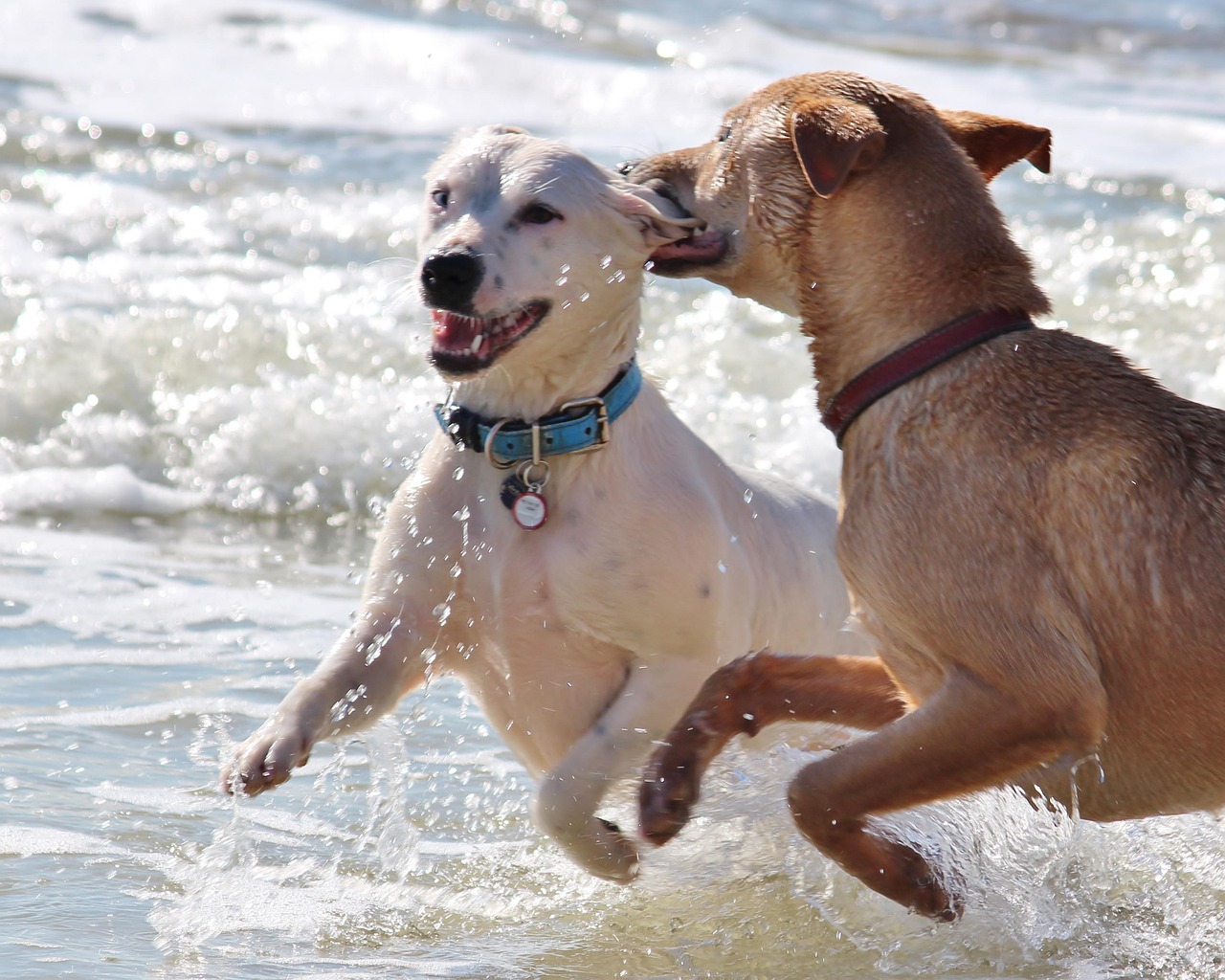
The concept of elemental personalities traces back thousands of years to ancient Chinese philosophy and Traditional Chinese Medicine. The five elements are wood, fire, earth, metal and water. In a holistic sense, each has specific organs associated with it. This wisdom wasn’t confined to human health and personality assessment.
Modern veterinary practitioners have adapted these ancient principles to understand our canine companions better. The five elements can be used to describe the ‘constitution’ of a dog. The constitution of a dog includes genetic strengths and weaknesses, which are expressed both physically and emotionally. Think of it as your dog’s internal blueprint, influencing everything from their energy levels to their health predispositions.
Fire Dogs: The Life of Every Dog Park

Fire type animals are easily excited, difficult to calm down and are classic extroverts. Does your pup bounce off the walls when visitors arrive? Fire dogs are the social butterflies of the canine world, thriving on attention and interaction.
Breeds: Chihuahua, Pomeranian, Papillon, Cavalier King Charles Spaniel, Spaniels, Jack Russell Terrier, Miniature Pinscher, Yorkshire Terrier, Italian Greyhound, Pekingese ShihTzu, Staffordshire Bull Terrier are commonly associated with this energetic element. These dogs often have small head, strong body, and small bright eyes. They are very fast but don’t have a lot of stamina.
Fire dogs may have imbalances of excess heat inside and outside their bodies. They may have stomach/gut issues, allergies, swollen joints, thirst, dry cough, itchiness, and skin issues. They also may be prone to heart conditions and disease. Watch for signs of overheating and provide cooling foods during warmer months.
Earth Dogs: The Gentle Giants with Hearts of Gold
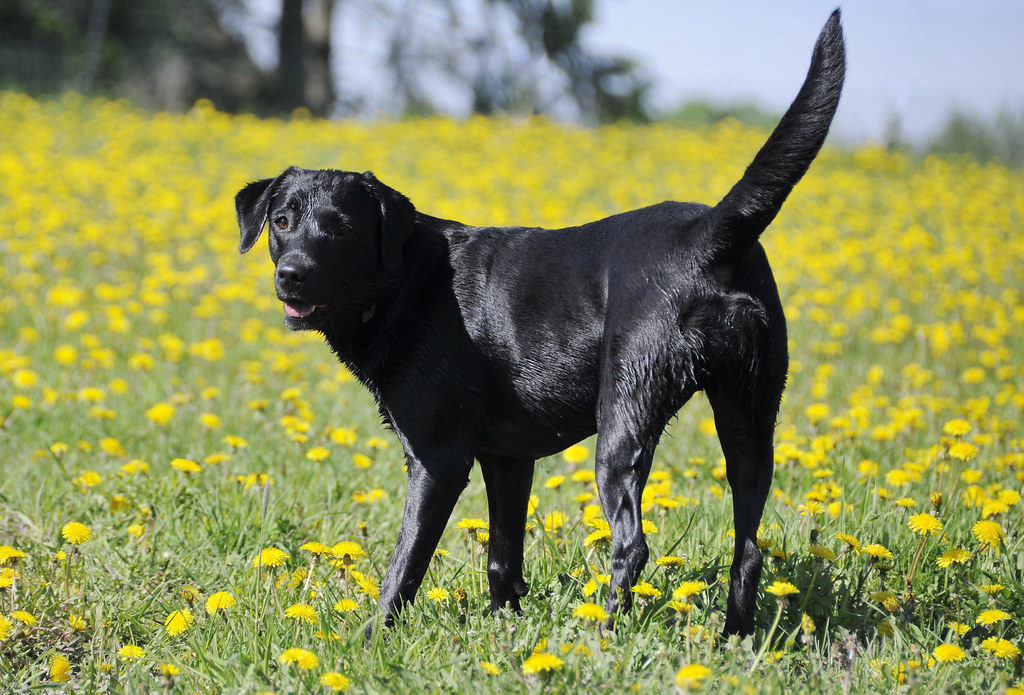
People and animals with Earth personalities are relaxed and laid back, moving slowly. They are very loyal, serene, and balanced. They are the caretakers, acting very motherly. Earth dogs embody stability and unconditional love in every interaction.
Picture a large, laid back yellow Labrador fits this element perfectly. Golden Retriever, Labrador, Bulldog, Basset Hound, Beagle, Newfoundland, Cocker Spaniel typically represent this grounding energy. These breeds often display patience that seems almost infinite.
Earth dogs may have poor muscle tone, gastrointestinal issues, diarrhea, obesity, and food allergies. These people and animals are worriers and tend to overeat and become obese. They love sweets. Monitor their diet carefully and provide plenty of gentle exercise to maintain their well-being.
Metal Dogs: The Natural Born Leaders
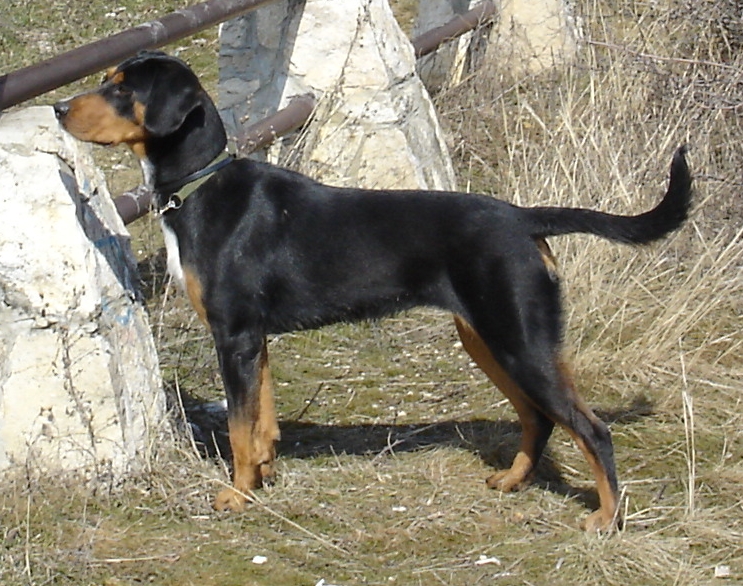
Metal type dogs are confident, independent and very quick and intelligent which makes these dogs easy to train. They can often be aloof, but always seem to know what is expected of them. They will often be the leader in a group of dogs, but will follow the rules. These are the dogs that naturally command respect without demanding it.
Border Collie, German Shepherd, Siberian Husky, Akita, Doberman Pinscher, Chow Chow, Boxer, Weimaraner, Rottweiler commonly embody metal characteristics. lean, muscular build, broad chest, strong or structured posture. Their coats are often shiny and healthy, corresponding to their strong constitution. They have good vision and a sense of smell.
However, Metal dogs are commonly prone to respiratory system issues. Dogs of this constitution often have lung problems and may have asthma symptoms, cough regularly, or reverse sneeze. They are also prone to dry skin, rashes, sinus problems, and bowel irregularities. Ensure proper ventilation in their environment and monitor their breathing during exercise.
Water Dogs: The Sensitive Souls

Pets and people with Water personalities are fearful. These dogs and cats will hide when strangers approach. They watch everything and have no confidence. They are nervous and will run away. Water dogs possess deep emotional intelligence but require extra patience and understanding.
Labrador Retriever, Saint Bernard, Newfoundland, Standard Poodle, Bernese Mountain Dog, Chesapeake Bay Retriever, Irish Water Spaniel, Great Dane, Portuguese Water Dog, American Water Spaniel often display water element traits. Deep, big eyes. Intolerant to cold and prefers the warmth. These physical characteristics reflect their sensitive nature.
Water type dogs are prone to kidney and bladder issues such as urinary tract infections. If unbalanced they can have back pain, rear end weakness, disturbed growth and infertility. Deficiency of the water element can also lead to behavior problems such as fear biting. Create safe, warm spaces and build confidence gradually through positive reinforcement.
Wood Dogs: The Athletes and Adventurers
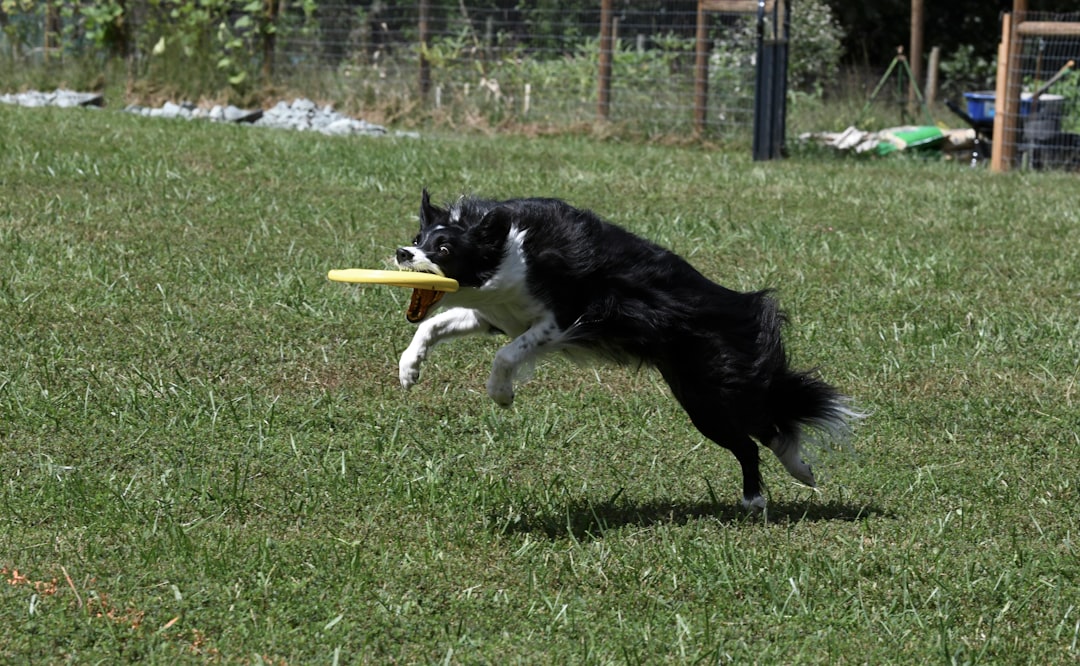
Wood element dogs represent growth, flexibility, and boundless energy. They’re the natural athletes of the dog world, always ready for the next adventure or challenge. These dogs thrive on activity and mental stimulation, making them perfect companions for active families.
Think of Border Collies herding sheep or Australian Cattle Dogs working tirelessly on ranches. Thin body, large eyes. Prone to liver disease and allergies. Can often have nail and foot problems. Sometimes predisposed to strokes. Wood dogs often have red, irritated eyes and will vomit bile more often than other types. These physical traits reflect their high-energy nature and potential health concerns.
Recognizing Your Dog’s Dominant Element

Most dogs exhibit characteristics from multiple elements, but one usually dominates their personality. All dogs will contain characteristics of each of the elements, but one will be more dominant. Each dog will have a dominant element that is expressed through its personality. Observe your dog during different situations to identify patterns.
Watch how they react to strangers, their energy levels throughout the day, and their preferred activities. Does your dog seek attention like a Fire type, or do they prefer observing from a distance like a Water dog? To determine what type of dog you have, or what type of dog you want, it is important to observe the dog in different situations and under various circumstances. Always try to remain objective, for an owner this objectivity is always the most difficult.
Health Implications of Elemental Imbalances

Understanding your dog’s elemental constitution provides valuable insights into their health predispositions. As each element has its own traits, disease predispositions, weaknesses, and physical issues, a practitioner who works with 5 elements would use their knowledge to not only treat acute illnesses, and also formulate a treatment plan to maintain the long term health of your dog.
If any element is out of balance in one area it will affect the expression of the other elements. This interconnectedness means that supporting your dog’s dominant element while preventing excess or deficiency can promote overall wellness. Regular veterinary check-ups become even more meaningful when you understand these patterns.
Feeding Your Dog According to Their Element

Traditional Chinese Veterinary Medicine extends to nutrition, suggesting that different elemental types benefit from specific dietary approaches. Fire dogs tend to respond well to neutral or cooling foods, while warm foods tend to exasperate exciting situations. This knowledge can transform how you approach your dog’s daily nutrition.
Earth dogs might need portion control to prevent weight gain, while Water dogs could benefit from warming foods to support their kidney function. These animals are commonly white or gray. High moisture diets are important, along with diets that are easily digested. Consult with a veterinarian trained in TCVM for personalized dietary recommendations.
Training Approaches Based on Elemental Personality
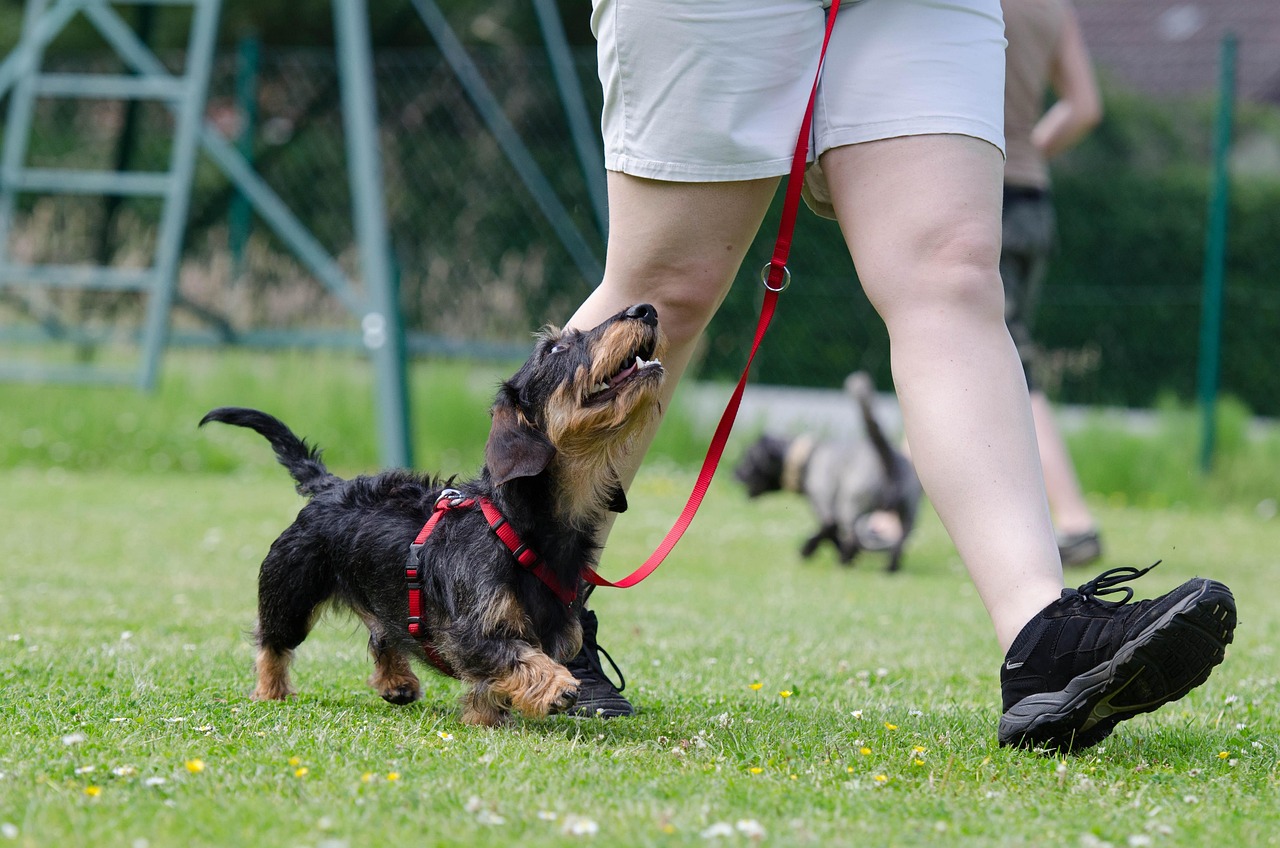
Different elements respond to different training methods. Metal dogs, being natural leaders, often excel with structured, rule-based training. Fire dogs might need shorter, more engaging sessions to match their attention spans.
Water dogs require patience and gentle encouragement, while Earth dogs respond well to consistent, reward-based methods. When training a dog, the classifications will also show that not every dog is suitable for the purpose we have in mind. Realizing the possibilities and the inability of the dog in time protects us and the dog from disappointments. Or it helps us adjust our expectations. This understanding prevents frustration for both you and your furry friend.
Creating the Ideal Environment for Each Element

Your dog’s living environment should complement their elemental nature. Fire dogs might enjoy interactive toys and social settings, while Metal dogs prefer organized spaces with clear boundaries. Water dogs need quiet, secure areas where they can retreat when overwhelmed.
Earth dogs flourish in comfortable, stable environments with consistent routines. Wood dogs require plenty of space for physical activity and mental challenges. Try to create the least stressful environment for your dog, making sure he has access to plenty of fresh air and exercise. It can be difficult to get an anxious or overexcited pooch to chill out.
The Emotional Connection Between Elements

Emotions are strongly linked to the balance of these elements within the body. The personality of your dog, its dietary preferences and also the diseases it may be most susceptible to, are all governed by the relationship your dogs body has with these elements. This deep connection explains why some dogs seem naturally anxious while others remain perpetually cheerful.
Understanding your dog’s emotional tendencies through their element helps you provide better support during stressful situations. Fire dogs might become overstimulated easily, while Water dogs could withdraw completely. Understanding the expression of the elements within yourself and your dog allows a great insight into what makes you tick, understanding your triggers and identifying what emotional barriers you both have to overcome. Working with your dog in this way allows for massive personal growth for you, and improves to connection you have with your animal tenfold.
Conclusion: Embracing Your Dog’s Elemental Nature

Discovering your dog’s elemental personality opens up a whole new dimension of understanding and connection. Whether your pup embodies the passionate fire of a Jack Russell, the steady earth energy of a Labrador, the disciplined metal nature of a German Shepherd, the sensitive water qualities of a Saint Bernard, or the dynamic wood spirit of a Border Collie, each element brings unique gifts and challenges.
This ancient wisdom, combined with modern veterinary knowledge, offers a holistic approach to caring for our beloved companions. Remember that these elemental insights are meant to enhance, not replace, regular veterinary care and sound pet ownership practices.
What element do you think your furry friend embodies? Take some time to observe their natural behaviors and see which characteristics resonate most strongly. Tell us about your discoveries in the comments below!

Gargi from India has a Masters in History, and a Bachelor of Education. An animal lover, she is keen on crafting stories and creating content while pursuing a career in education.






